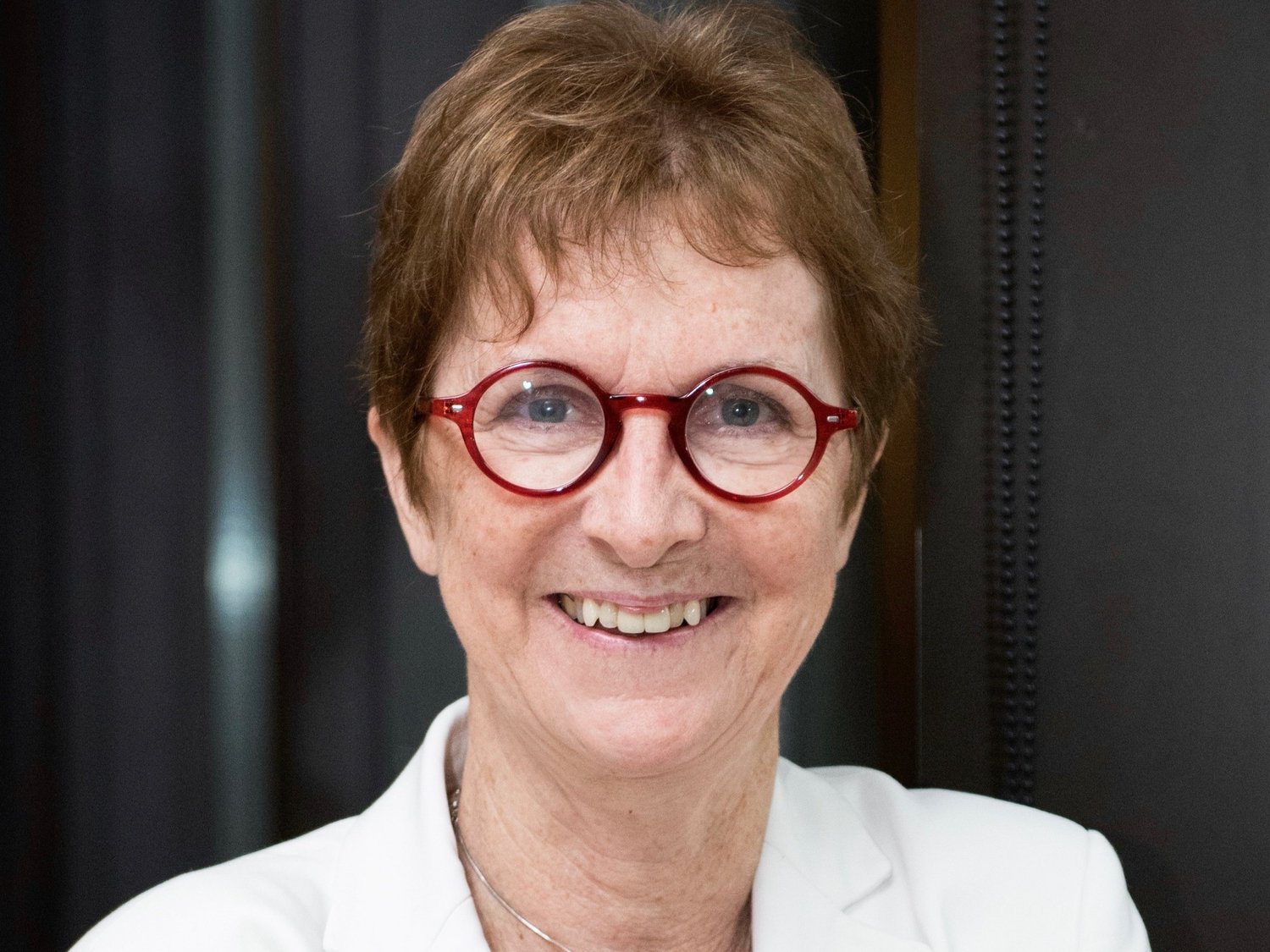Dr. Janet Rossant
Dr. Janet Rossant is a developmental biologist internationally recognized for her pioneering research in mouse embryology and genetics. She was the first to discover how stem cells are created within embryos and their ability to transform into any cell in the body.
Her illustrious career was kickstarted with the help of the Banting Research Foundation (BRF). Now her groundbreaking discoveries are being used towards delivering personalized treatments for diseases like diabetes and many others.
She was born on July 13 1950, in Chatham, United Kingdom and was the first in her family to attend university. She became interested in science during high school.
There, she was mentored by a female biology teacher, who encouraged her to apply to both Oxford and Cambridge, the two top universities in the UK. She was accepted into both, but chose Oxford, where she received her BA in Zoology in 1972 and graduated with the highest academic honours. In 1976, she earned her PhD in mammalian development at Cambridge. There, she met Alex Bain, a Canadian theoretical chemist who later became her husband. They had two children, Jennifer and Robert. In 1977, she moved to Canada to start a one-year position as an Assistant Professor of Biology at Brock University. During this time, she formed collaborations with researchers in Buffalo and Toronto, which allowed her to establish her lab at Brock for the next eight years. Since graduate school, her work has focused on understanding how the embryo develops. Her team investigated the effects of adding genes to mouse embryos on normal and abnormal development. They needed funds, so Dr. Rossant applied for support from the Banting Research Foundation, which awarded her $25,000.
The BRF is the oldest Canadian medical research charity. Since 1925 it has invested in outstanding early-career health and biomedical researchers. These researchers are mentored and funded in the way BRF’s founder, the insulin-discoverer and Nobel laureate Sir Frederick Banting, was in his early career. The program that supported Dr. Rossant’s research – the Discover Award Program – has supported more than 1,300 young researchers across Canada.
The BRF was instrumental in supporting Dr. Rossant’s early research and visibility. In 1985, only two years after receiving the BRF grant, she was recruited by the University of Toronto. She worked at the Lunenfeld-Tanenbaum Research Institute at Mount Sinai Hospital before moving down the street to the Hospital for Sick Children (SickKids) in 2005. Today, she is a Senior Scientist in the Developmental and Stem Cell Biology Program, and a Professor at the University of Toronto’s Departments of Molecular Genetics and Obstetrics and Gynaecology.
It was at the University of Toronto that Dr. Rossant started her trailblazing work on stem cells. This new interest led to the discovery of a new type of embryonic stem (ES) cell, the trophoblast stem cell. These ES cells can give rise to not only the fetus, but the placenta and the yolk sac (the umbilical cord’s precursor) as well. When implanted into an embryo, these cells can make a living mouse. This work helped to understand how normal and abnormal development occurs, and the potential of ES cells to be a major resource for regenerative medicine. Additionally, her work in understanding how genes control development, as well as how their abnormalities can result in cancer, has created new pathways for cancer treatment.
The discovery of induced pluripotent stem cells (IPSCs) in 2006 was revolutionary for the field, showing that skin cells can be reprogrammed back into stem cells which can then be used to generate other tissues. Inspired by this discovery, Dr. Rossant’s team has been creating lung cells to be used in personalized treatments for cystic fibrosis. Recently Dr. Rossant has also been interested in gene therapy with the use of CRISPR/Cas9, a molecular gene-editing tool that cuts DNA in very precise positions so that they can be removed and replaced. She is using this method to insert large DNA fragments into the mouse embryo to better understand different types of cells. This research could potentially allow deficiencies in stem cells to be corrected directly in the embryo, making them more efficient for regenerative medicine.
Janet Rossant is currently the President and Science Director at the Gairdner Foundation, and formerly served as the head of the SickKids Research Institute. She has been recognized for her numerous contributions to the field of stem cell biology with the Order of Canada (2015), along with some of the most important health research prizes in the world. In 2018, she was one of the five people in the world to receive the L’Oréal-UNESCO for Women in Science Award, a prize that honours women who have made an outstanding contribution to science. That initial support from the BRF paid off dividends, not just for her but for society at large. The BRF continues to support early-career researchers today, showing that the legacy of Banting and Best extends well beyond diabetes and insulin.
— Written by Ana de Faria

